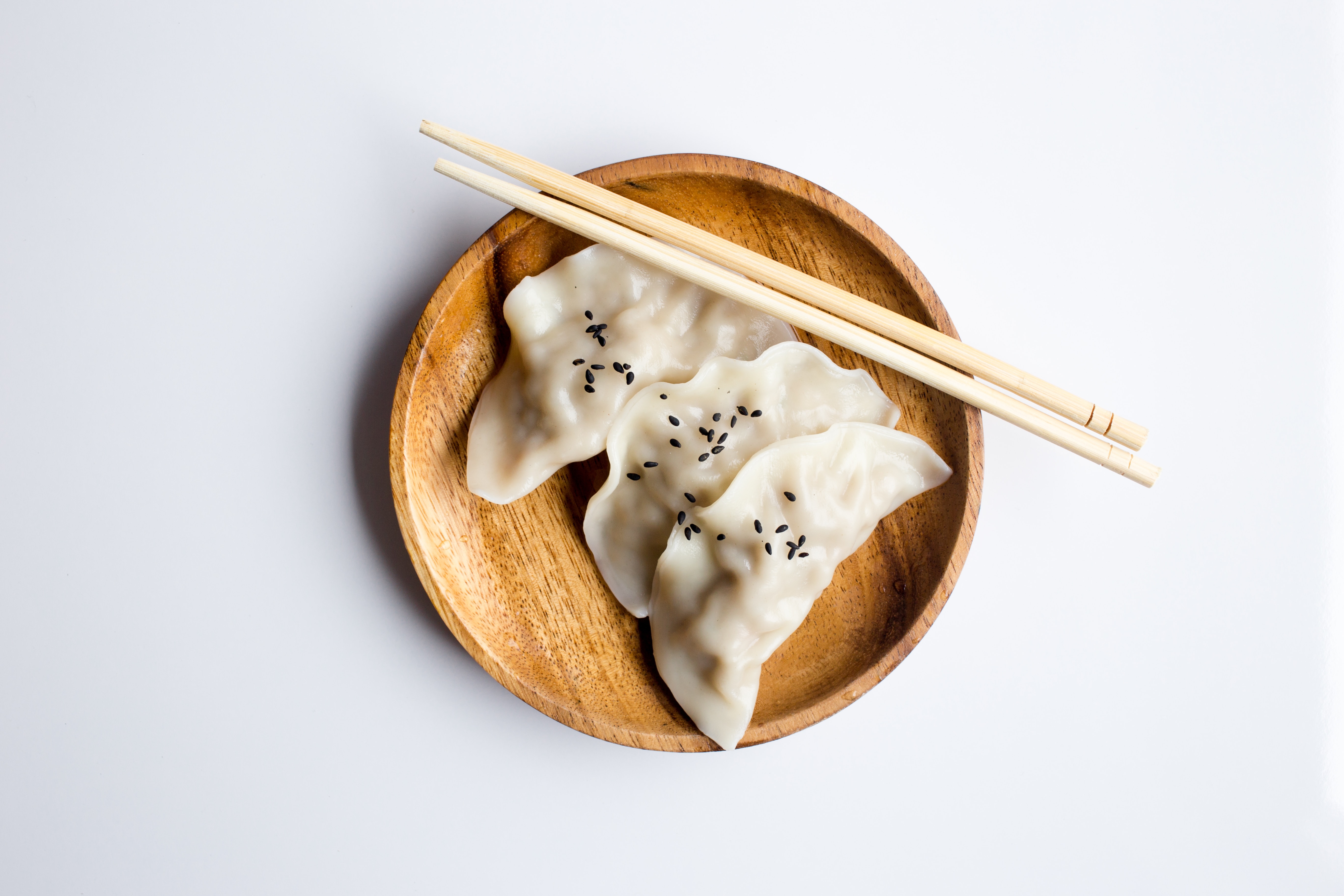Mastering Stunning and Affordable Food Photography Lighting Techniques
 By Mrig Studio
By Mrig Studio
- November 9, 2022

In the realm of food photography, captivating lighting can elevate a dish from mere sustenance to a mouthwatering masterpiece. However, achieving stunning lighting doesn't necessarily require expensive equipment or elaborate setups. With the right techniques and a touch of creativity, you can illuminate your culinary creations beautifully while keeping costs low. In this comprehensive guide, we'll explore budget-friendly food photography lighting techniques that will make your images pop without breaking the bank.Understanding the Importance of Lighting in Food Photography
Before delving into specific lighting techniques, it's essential to understand why lighting plays such a crucial role in food photography. Proper lighting not only highlights the textures, colours, and shapes of the dish but also sets the mood and evokes emotions in the viewer. Whether you're shooting in a professional studio or your kitchen countertop, mastering lighting techniques can significantly enhance the visual appeal of your food photographs.
1. Natural Light
Natural light is often hailed as the holy grail of food photography lighting, and for good reason. It's readily available, flattering, and versatile, allowing you to capture stunning images with minimal equipment. To make the most of natural light
Utilise Window Light
Position your food near a large window with diffused natural light streaming through. Avoid harsh direct sunlight, as it can create unflattering shadows and overexposed highlights. Instead, opt for soft, indirect light for a flattering and natural-looking illumination.
Diffusion and Reflection
If the sunlight is too harsh, soften it by using sheer curtains, white bed sheets, or translucent panels as diffusers. Additionally, strategically place white foam boards or reflectors to bounce light onto the shadowed areas of your subject, creating a balanced and well-lit scene.
2. Artificial Lighting on a Budget
While natural light is ideal for many food photography scenarios, artificial lighting can offer greater control and consistency, especially in low-light conditions or when shooting indoors. Here are some budget-friendly artificial lighting options to consider
LED Continuous Lights
LED lights are energy-efficient, portable, and produce minimal heat, making them ideal for food photography. Look for affordable LED panel lights or ring lights that offer adjustable brightness and color temperature settings. Experiment with different angles and distances to achieve the desired lighting effect.
DIY Softbox
Create your own softbox using inexpensive materials such as cardboard boxes, white fabric, and aluminum foil. Cut out one side of the box and cover it with the white fabric to diffuse the light. Place a bright LED light source inside the box, and position it at an angle to cast soft, flattering light onto your subject.
Desk Lamps with Daylight Bulbs
Repurpose desk lamps with adjustable arms and clamp mounts to illuminate your food compositions. Equip them with daylight-balanced LED bulbs to mimic the natural sunlight's color temperature. Experiment with varying intensities and angles to sculpt the light and create dimension in your images.
3. Creative Lighting Techniques
In addition to traditional lighting setups, experimenting with creative lighting techniques can add visual interest and drama to your food photograph
Backlighting
Position your light source behind and slightly above your subject to create a stunning backlighting effect. This technique accentuates the food's textures and outlines, resulting in a visually striking image. Use diffusers or sheer curtains to soften the backlight and prevent harsh shadows.
Side Lighting
Place your light source to the side of your subject to reveal its textures and details while casting gentle shadows for depth and dimension. Adjust the angle and intensity of the light to control the mood and emphasize specific elements of the dish.
Color Gels
Inject a splash of color into your food photography by using color gels or colored cellophane to modify the light's hue. Experiment with different colors to evoke specific moods or complement the food's palette. Remember to balance the colored light with neutral or contrasting elements to maintain visual harmony.
Conclusion:
Mastering stunning and affordable food photography lighting techniques is essential for capturing mouth watering images that captivate your audience's senses. Whether you're harnessing the soft glow of natural light or experimenting with creative artificial lighting setups, the key lies in understanding how light shapes and enhances your compositions. By incorporating these budget-friendly lighting techniques into your photography arsenal and letting your creativity shine, you can elevate your food photographs to new heights without breaking the bank.
Never Miss a Single News
Subscribe to our Newsletter and stay updated
